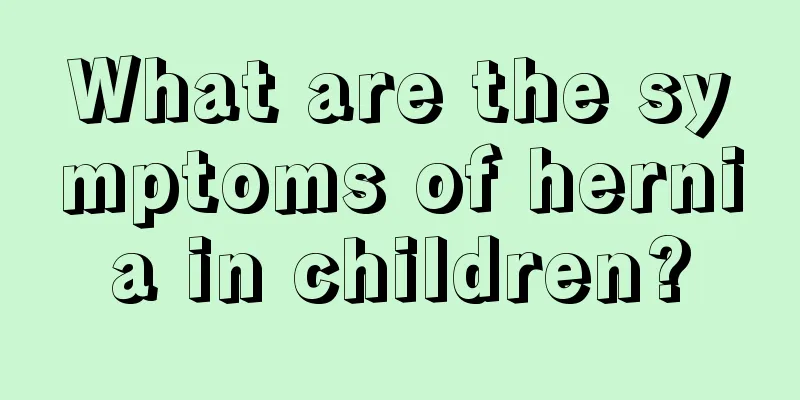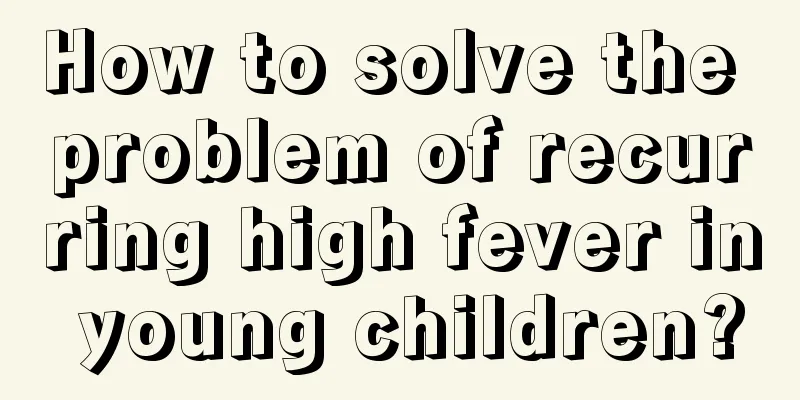What are the signs that your baby's laryngeal cartilage is getting better?

|
Laryngeal cartilage is a part that people almost ignore because it is difficult for this bone tissue to have problems, and even if problems occur, it will not have a profound impact on people. However, it is different for babies. Once there is a problem with the laryngeal cartilage, the baby's eating will be seriously affected, and the baby's growth and development will be affected. Therefore, it is very necessary to treat the problems of laryngeal cartilage. Let's take a look at the signs that the baby's laryngeal cartilage is getting better. Baby's laryngeal cartilage disease mainly refers to the softening of the laryngeal cartilage. There are no signs of improvement, but regular examinations can be used to determine the extent of recovery.Laryngomalacia is caused by local developmental imperfections and calcium deficiency in newborns. Generally, it will be cured with development if you get more sun exposure and take calcium supplements. Children need to have their trace elements checked regularly. It is still necessary to supplement calcium tablets and cod liver oil appropriately. Snoring during sleep is related to the relaxation of pharyngeal tissue and the suffix of the tongue root. Laryngeal cartilage softening means that the shape of the laryngeal cartilage of the newborn is normal, but it is abnormally weak, that is, the supporting function of the larynx is not strong, so that every time you inhale, the laryngeal cartilages are squeezed together, causing difficulty in breathing and laryngeal stridor - gurgling in the throat. The main reason for the softening of the baby's laryngeal cartilage can be attributed to the mother's malnutrition during pregnancy, the fetus lacks sufficient calcium and vitamin D, resulting in poor development of the laryngeal cartilage. For babies with congenital laryngeal cartilage softening, laryngeal wheezing is the most common symptom. In mild cases, the symptoms are intermittent, and the symptoms are relieved when the patient is quiet or just falling asleep. The patient will be awakened and cry because of the stridor in a deep sleep. In severe cases, the symptoms are continuous laryngeal stridor, which is also obvious when the patient is quiet or falling asleep, and is accompanied by difficulty in breathing and a depression of the suprasternal fossa (the connection between the lower middle part of the neck and the upper sternum is obviously concave when inhaling). When suffering from cold or pneumonia, the symptoms are more severe than those of normal children, and a few severe cases may require tracheotomy. |
<<: What are the signs that neonatal acne will soon heal?
>>: What is the difference between whooping cough and other coughs?
Recommend
What causes bad breath in a three-year-old child?
Bad breath is still very common. People nowadays ...
How to deal with baby picking his ears
We all know that newborn babies cannot speak, and...
Massage techniques for diarrhea in children
Children will have many uncomfortable symptoms af...
How to deal with ringworm on the face of children
It is said that children are the angels of the fa...
Will the intellectual development of premature babies be affected?
Will the intellectual development of thirty-week ...
How to treat lung heat cough in children?
Many children often cough. If they cough frequent...
What are the precautions for childhood asthma?
Childhood asthma is a very common respiratory inf...
Student Mental Health
As a special group, students often face various p...
What should I do if my baby has tongue ulcers?
Babies are the apple of their parents' eyes. ...
The child foams at the mouth and snores while sleeping
If a child foams at the mouth while sleeping and ...
Can children eat crabs if they have a cold?
Cold is a very common disease. It is very common ...
Treatment for newborns who refuse to eat or drink
As parents, when our children refuse to eat or dr...
Why does my baby's hair grow so slowly?
If you observe carefully when a baby is born, you...
What causes children to stutter? Parents must read
If a child's stuttering is not corrected in t...
What are the main symptoms of neonatal cerebral palsy?
The birth of a baby represents new hope and is so...









